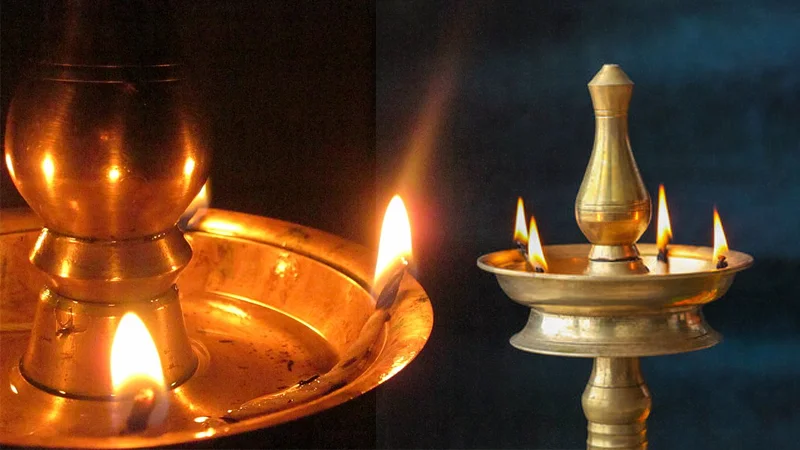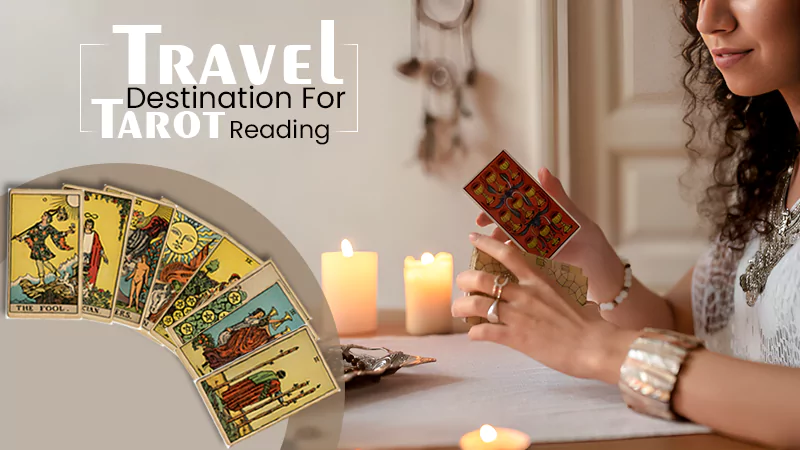
Www.nilavilakku.com is a web portal dedicated to the Malayalam serial Nilavilakku, a story of a married girl who stays with her in-laws. Nila sacrificed her dreams in order to get married and now she is living with her in-laws. However, she has no idea that she is still living with her in-laws, and that her love life is in danger.
Griha Pravesh
During the Griha Pravesh ceremony, the house owners enter their new home on auspicious days. Vasant Panchami, Akshaya Tritiya, Ganesh Chaturthi, Navratri, and Uttarayana are considered to be the most auspicious days to perform the griha pravesh ceremony. Other auspicious days include Holi and Shraddha Paksha. Performing this ceremony on these auspicious days is also an excellent idea.
Griha Pravesh is an important Hindu ritual that marks the start of married life for the bride. The ceremony typically begins with the Vidaai, a welcome to the new household. The bride then steps into the house with her right leg first. She performs a Ganpathi pooja before proceeding to her husband’s family’s house to eat a grand meal.
Kuthuvilakku
In Kerala, the traditional lamp used for showcasing the culture is known as a Nilavilakku, which is also known as a Kuthuvilakku in Tamil Nadu. The lamp is lit at auspicious occasions, such as weddings, and in temples before the worship begins. It is also used at official functions. The word Nila refers to the floor and vilakku means lamp, and both words have symbolic meanings.
The sand-colored lamps are traditionally made of brass or bronze and are typically 8 feet tall. The Kuthu Vilakku, which is usually a large lamp with five wicks, is a symbol of knowledge and is cast in the human form, or dhyana mudra. This particular lamp has several avatars, and many different names. Other varieties of deepams include branch-shaped lamps, hanging lamps, and Ganesha deepams.
Nilavilakku
In Kerala and Tamil Nadu, the Www.nilavilakku. Com is a traditional lamp lit before the start of any auspicious event. The lamp is lit in temples before worship is performed and at official functions. Here are some traditions that surround the use of the Nilavilakku. Read on to find out more about this ancient lamp. And enjoy a few tips for lighting your own Nilavilakku.
The nilavilakku is traditionally lighted with five wicks and is lit by Christians and Hindus alike. It’s etymologically defined as a lamp that is placed on the floor. In Kerala, the lamp is used in every religious space and is often adorned with flowers. The five wicks are said to represent the five faces of the Hindu god Shiva. The flame of a five-wick lamp is said to bring prosperity and good fortune to the home.
Lamp Traditions
The ‘Nilavilakku’ is a traditional oil-burning lamp found in the temples of Kerala and Tamil Nadu. This lamp is lit on auspicious occasions and is also part of government functions. Many Hindu rituals in Kerala involve lighting a lamp, including at weddings, to commemorate a special occasion. Nilavilakku’s lamp traditions are centuries-old and rooted in religious tradition.
The traditional lamp of Kerala is the nilavilakku, which is traditionally lit with five wicks. The wicks are lit in pairs in the morning and evening. These rituals are held so deeply that the lamps become heirlooms and are often handed down through the generations. The lamp is said to attract prosperity to the house. But why is it so important? Here are some details on the history and traditions of the nilavilakku.
Lamps Used in Various Ceremonies in Kerala
The lighting of traditional lamps is an ancient tradition in Kerala and has been an integral part of government and most ceremonies. In recent times, however, there have been some controversial incidents. For example, one cabinet minister in Kerala refused to light a lamp during a literary colloquium. However, he is not alone in rejecting this tradition. Kerala is home to various religious sects and there is a broad spectrum of views about its use.
The process of making these lamps is also a time-honored tradition. Each one has a different backstory and is used for different ceremonies. Ancient Kerala has at least 11 different types of Vilakku, each with a special function in folklore. The Nilavilakku is the most important and is considered a living being. It is a symbol of auspiciousness.
Symbolism of Nilavilakku
The nilavilakku is a traditional oil lamp used in Kerala. Made of brass or bronze, it is considered sacred by Hindus as a symbol of purity. It is also used to mark the presence of the Hindu god, Agni, and is a symbol of communal amity. In Kerala, this lamp is lit by young girls before evening prayers. The light emanating from the lamp is symbolic of knowledge, mind, and enlightenment.The nilavilakku has religious significance in Kerala. Christians such as St. Thomas and Syrian Christians also lit the lamp before rituals. The wicks were placed in the shape of a cross or a dove to symbolize their devotion. The wicks were placed in the proper directions for the lamp to shine. The lamps were originally made from brass and bronze but today, they are made of various metals.










